Fort San Felipe, Dominican Republic: New World Old Fort
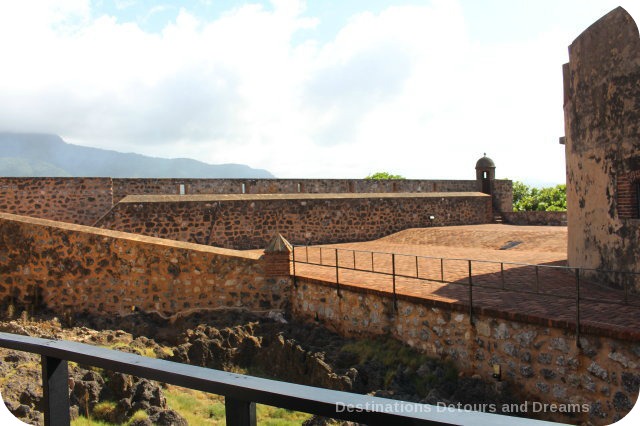
Historic Spanish fortress Fort San Felipe in Puerto Plata, Dominican Republic
Fort San Felipe is one of the oldest Spanish forts built in the New World. It is now a museum and the only remaining remnant of sixteenth century colonization in Puerto Plata.
Puerto Plata is located on the northern coast of the Dominican Republic in the Caribbean. The Dominican Republic occupies the eastern two-thirds of the island of Hispaniola. Haiti is on the western end of the island. Puerto Plata was founded in the early 1500s. The city became a trade centre for the Spanish. The area was also an important gold and silver mining area. King Felipe II commissioned a fort to be built as protection from pirates. Construction began in 1564 and completed in 1577.
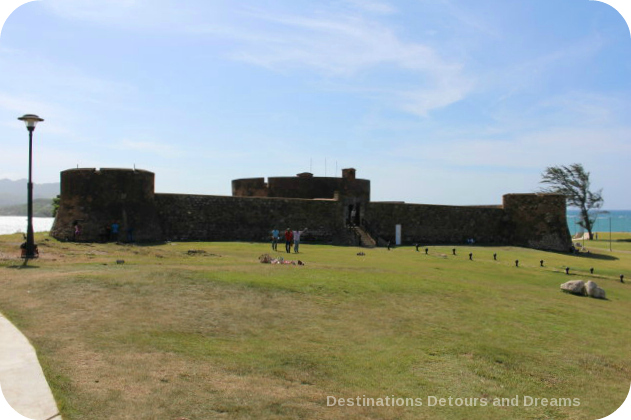
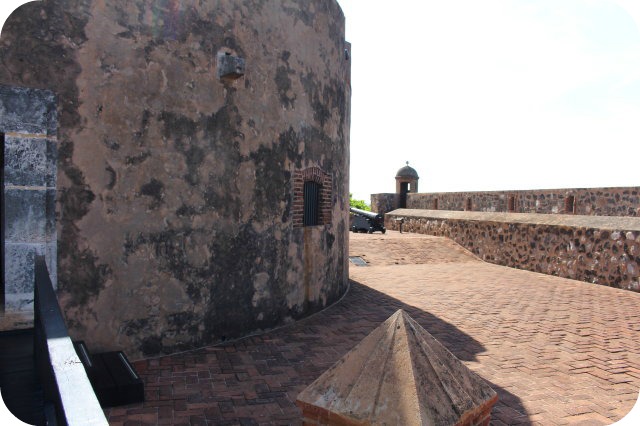
By the end of the century, the Spanish lost interest in Puerto Plata, moving south to Santo Domingo and to neighbouring islands. The city was deliberately abandoned and destroyed in the early 1600s. It was rebuilt by Spanish families in the 1740s.
The Fort became involved in protection again during the Quasi War or the Battle of Puerto Plata. The Quasi War was an undeclared naval war between the United States and France that lasted from 1798 to 1800. The Battle of Puerto Plata started when the crew of the USS Constitution captured a French privateer ship being protected by the Fort. The Spanish fort fired on the Americans. The Americans stormed the fort and overran it, then sailed away with the captured ship.
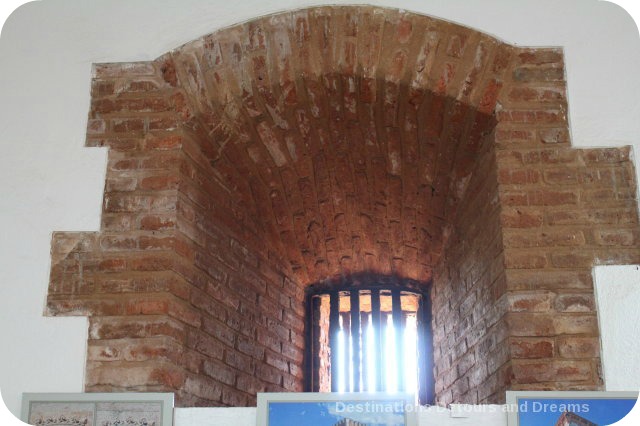
Over the years, Fort San Felipe was used more as a prison than for battle or protection. From 1822 to 1844, the whole of Hispaniola was under Haitian rule. An underground resistance movement, led by Juan Pablo Duarte, resulted in Dominican independence. Duarte is now known as the Father of Dominican Independence. However, after independence, Pedro Santana, a local military dictator, seized power. He had Duarte imprisoned at the Fort and later deported him.
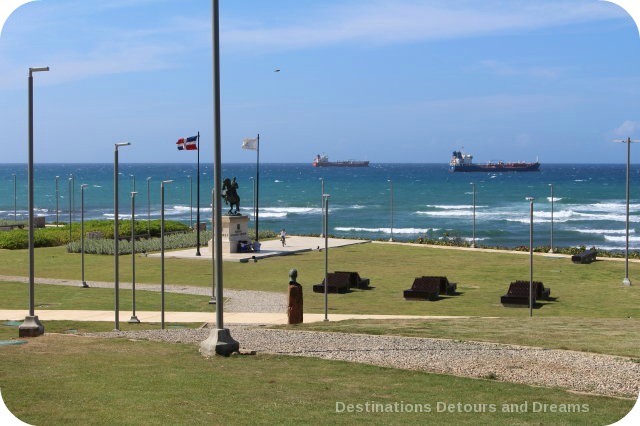
Over the next number of years, the armies of Santana and another military leader, Buenaventura Báez, battled for control. In 1861, General Santana invited the Spanish to re-take control of their former colony. The Spanish mismanaged the colony and the Dominicans forced them out in the 1863 to 1865 Dominican Restoration War. Gregoria Luperón is recognized as the main leader in the restoration. An equestrian statue honouring him sits on the shore in front of Fort San Felipe. Puerto Plata’s airport is also named after him.
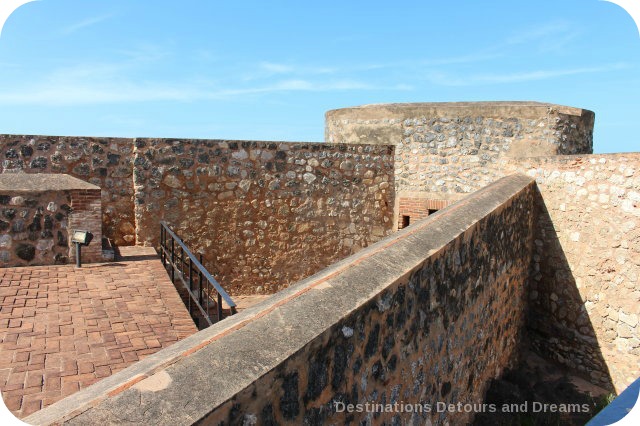
Since then, the Dominican Republic has seen several periods of political instability. It was occupied by the United States from 1916 to 1924. In 1930, dictator Rafael Trujillo took power and began a thirty-one-year brutal and repressive reign. The Fort was used as a prison for political dissidents. Trujillo was assassinated in 1961.
The Dominican Republic is now an electoral republic. Elections have been held since 1965. Early elections were widely acknowledged as rigged. Over the years, elections have been freer and fairer, although there is still widespread corruption within the government.
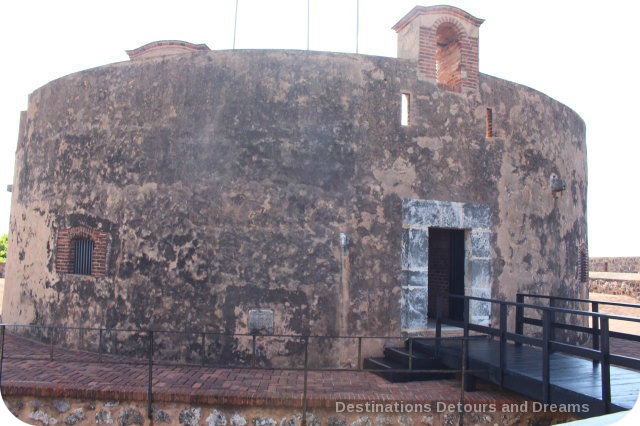
Fort San Felipe became a museum in 1965.
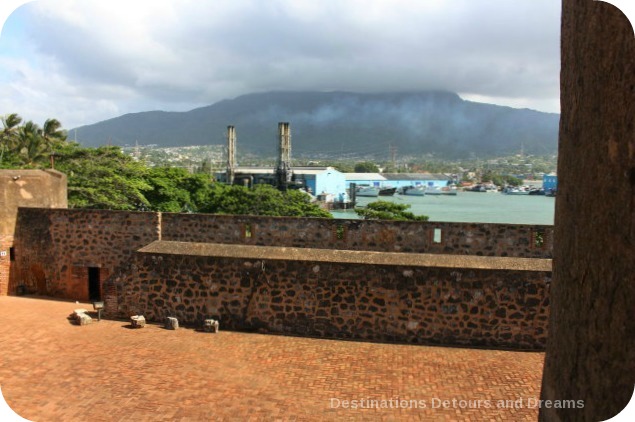
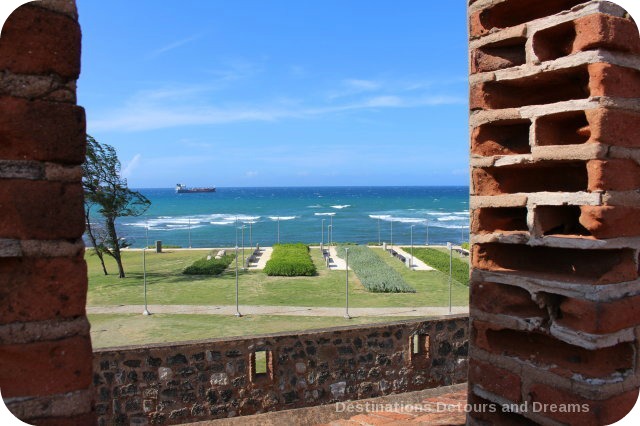
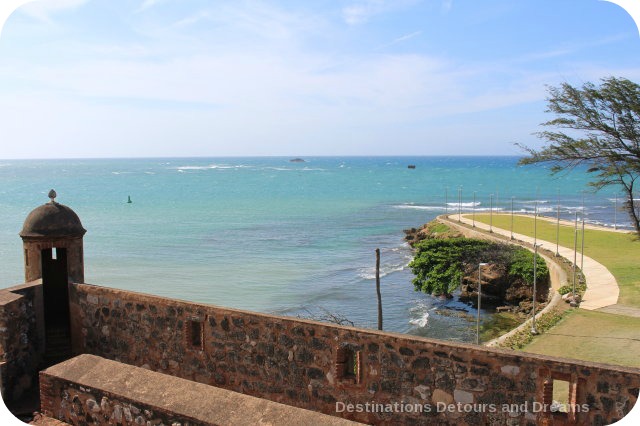
The museum itself is not that impressive. It is small with few displays and information. However, the views and the construction of the museum itself are striking. The grassy area around the Fort makes for a nice resting spot. Note that there will likely be street vendors in front of the museum trying to sell you trinkets or crafts. This is common at all Dominican tourist spots.
Like this? Want to read more travel stories? Destinations Detours and Dreams monthly e-newsletter contains behind the scenes information, sneak peeks ahead, travel story recaps and more. SIGN UP HERE
PIN IT
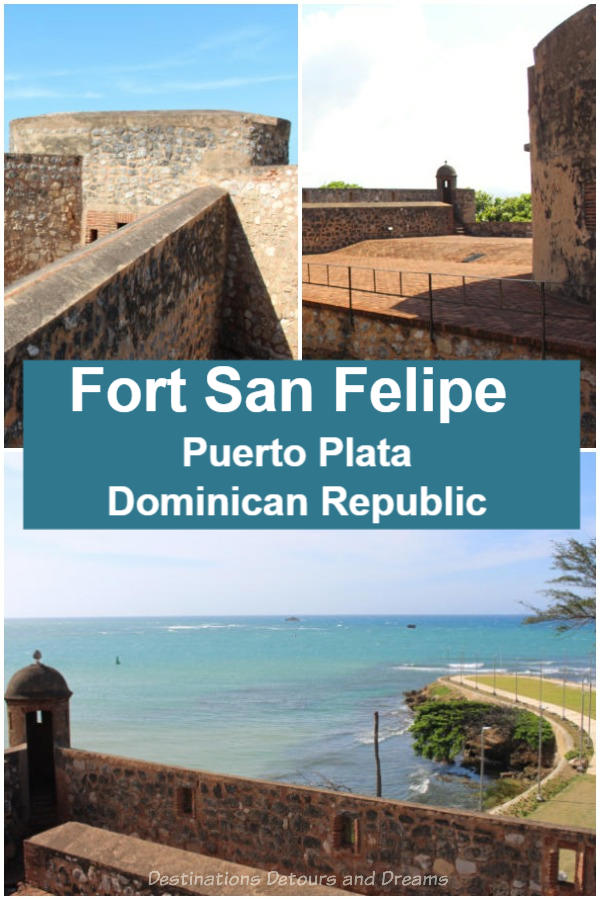

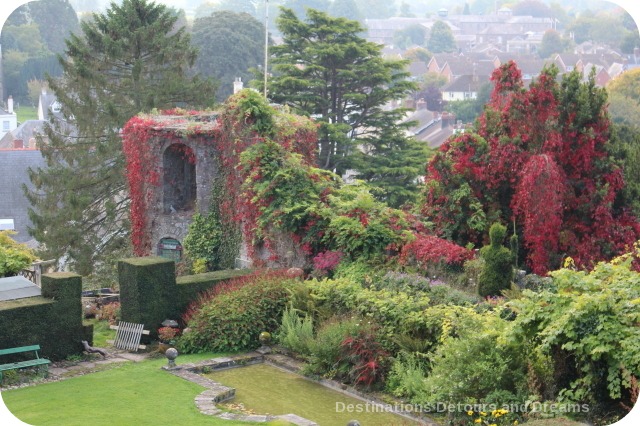
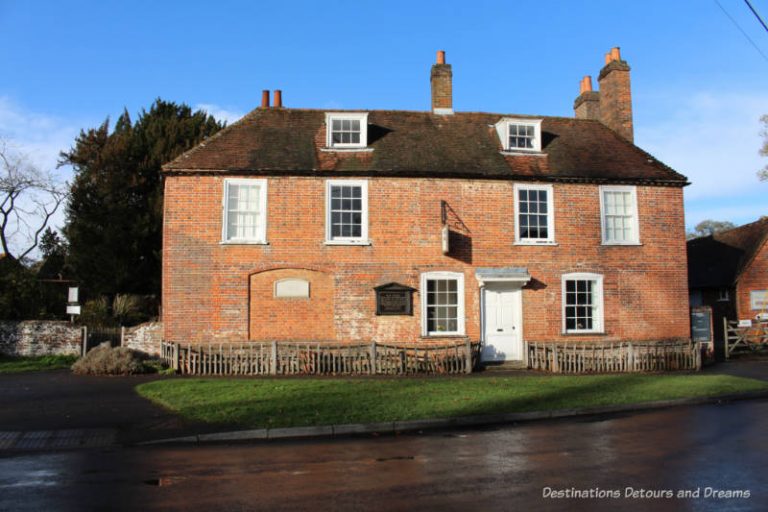
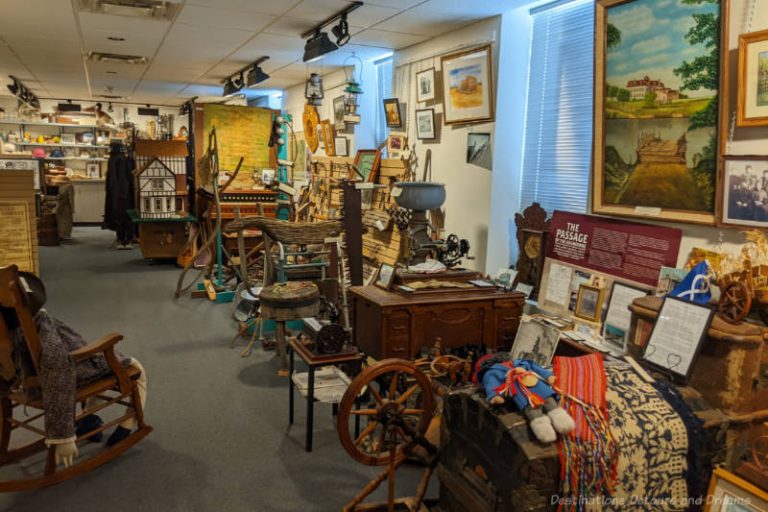
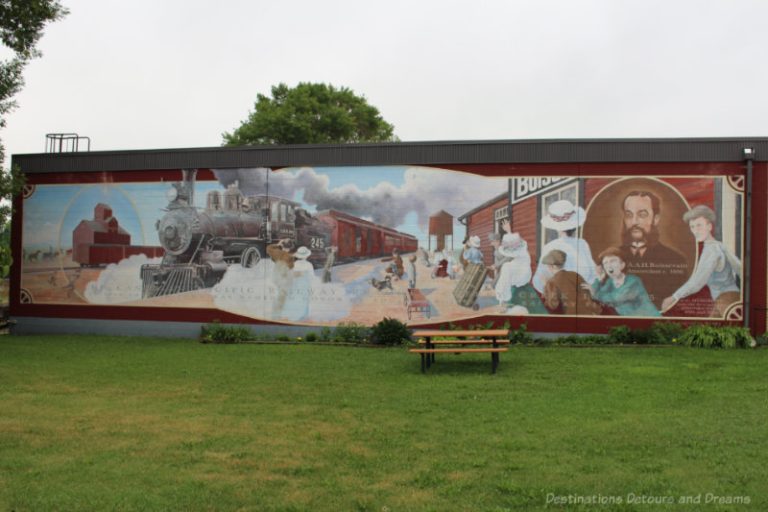
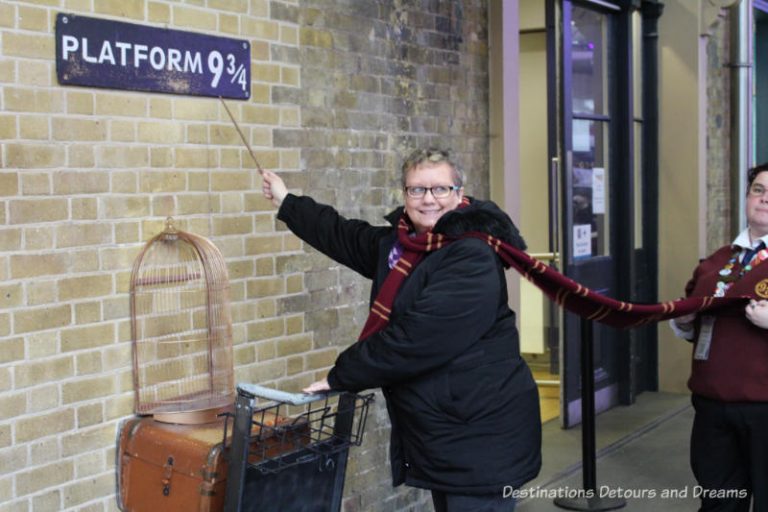
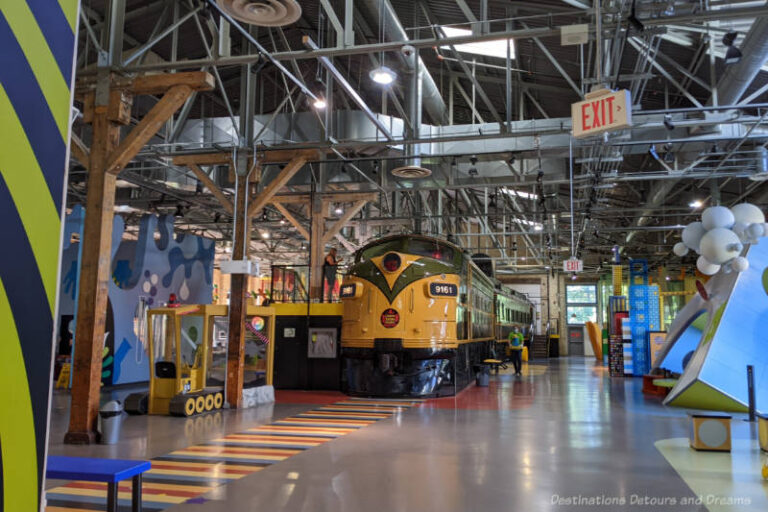
I loved visiting that fort while visiting Puerto Plata, the views are also so beautiful and wonderful to walk around to see the different vistas
Noel, I too enjoyed the views.
Hi Donna. Unfortunately I didn’t get to the fort on my previous visit to the DR as we were based in Punta Cana. Hopefully, I will get there when we return next month. It looks amazing!
Doreen, enjoy your trip next month.
I’ve not been to Puerto Plata but the fort looks very similar to El Morro in San Juan, Puerto Rico. Probably built around the same time and for the same reason.
Ken, I’ve not been to Puerto Rico, but I imagine that fort was likely built around the same time and for similar reasons.
Fort San Felipe would be interesting to visit, even if the museum isn’t all that impressive. I’ve only been to Fort Sumter and a few others in that area, but found them all worthwhile in varying degrees.
Jeri, the museum had a few interesting things but it was pretty small overall. The fort was impressive though and worth a visit.